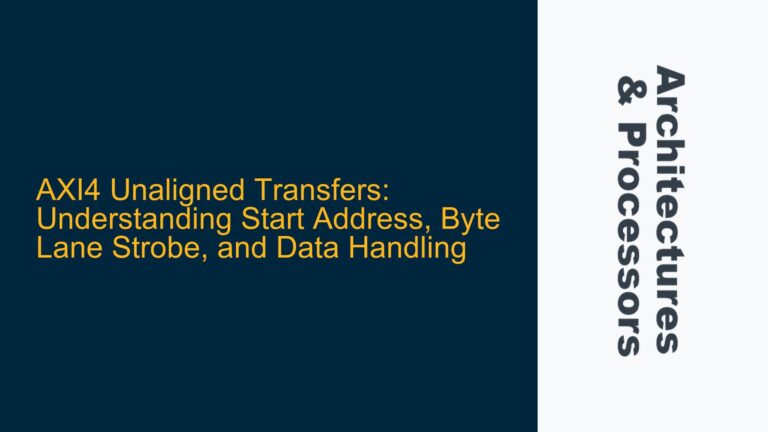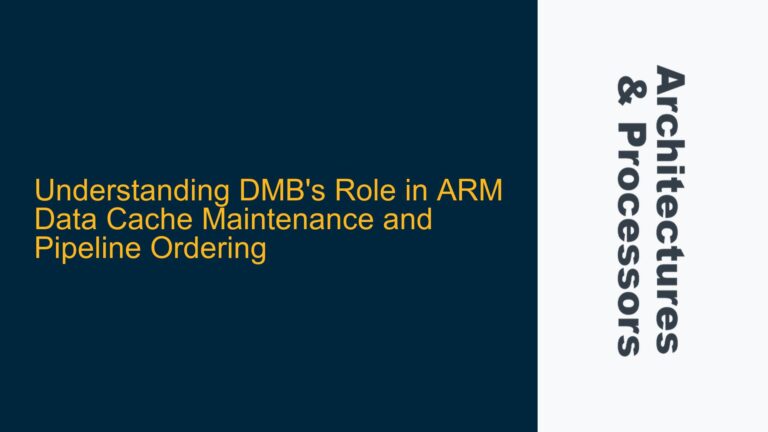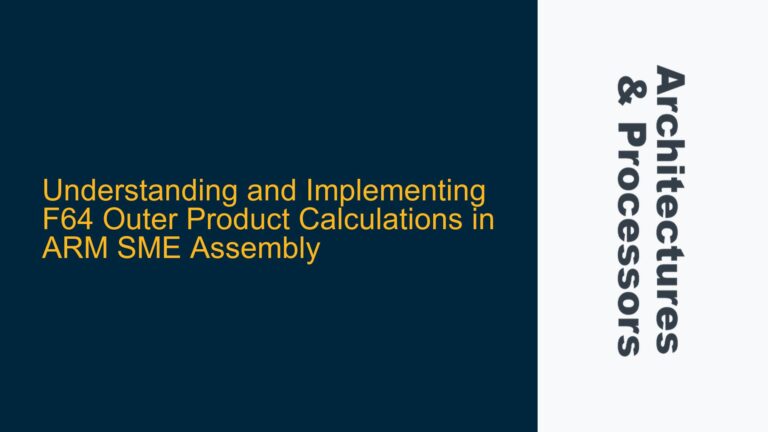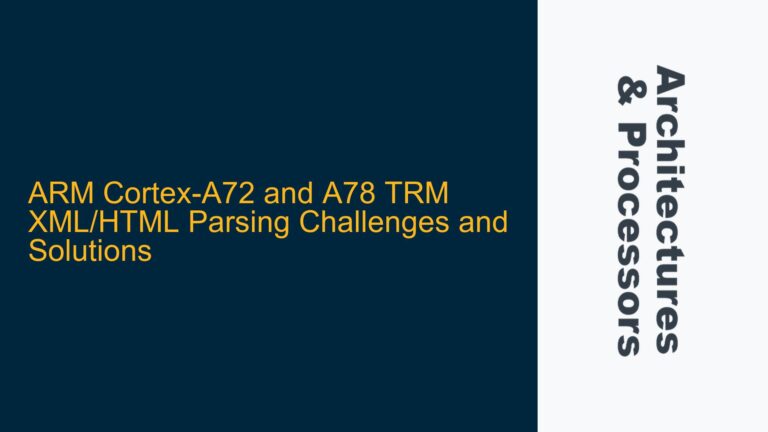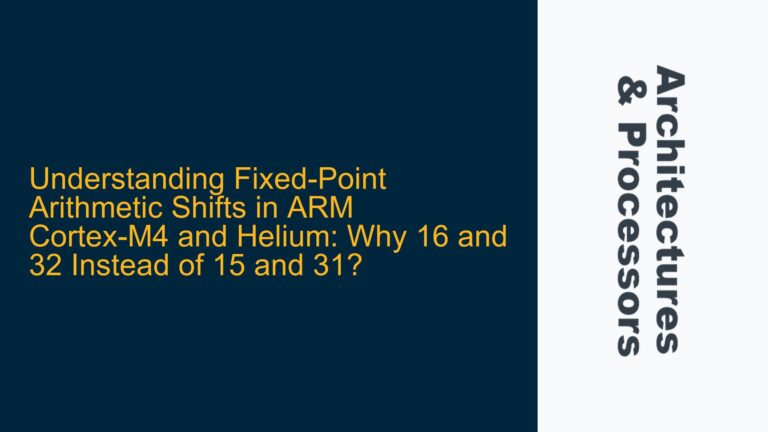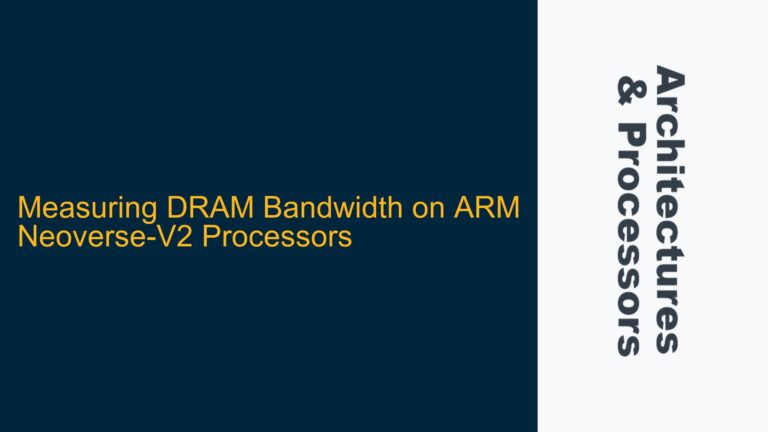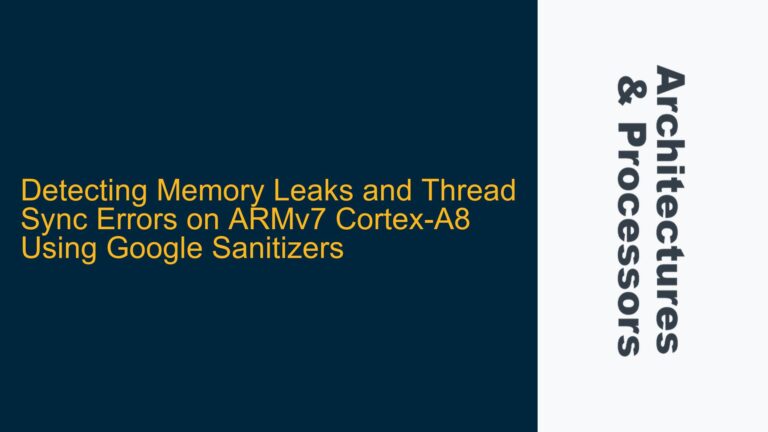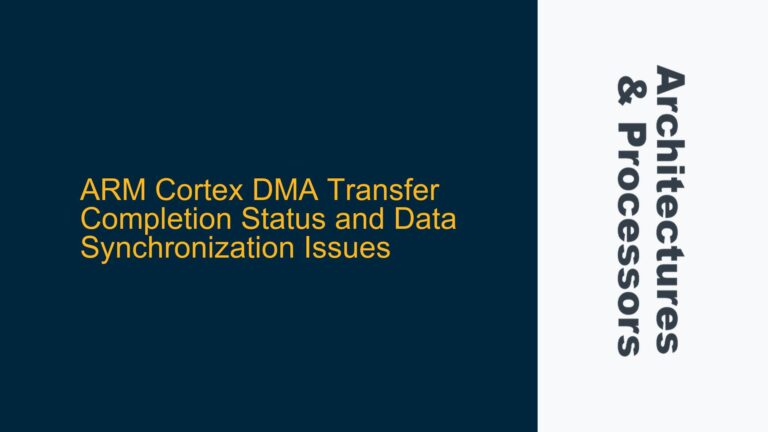AXI4 Unaligned Transfers: Understanding Start Address, Byte Lane Strobe, and Data Handling
Unaligned AXI4 Transfers and Their Impact on Data Integrity Unaligned transfers in the AXI4 protocol present unique challenges, particularly when dealing with start addresses that are not aligned with the transfer size. In the scenario described, a 32-bit transfer begins at address 0x01, which is unaligned for a 4-byte transfer. This misalignment affects how data…
